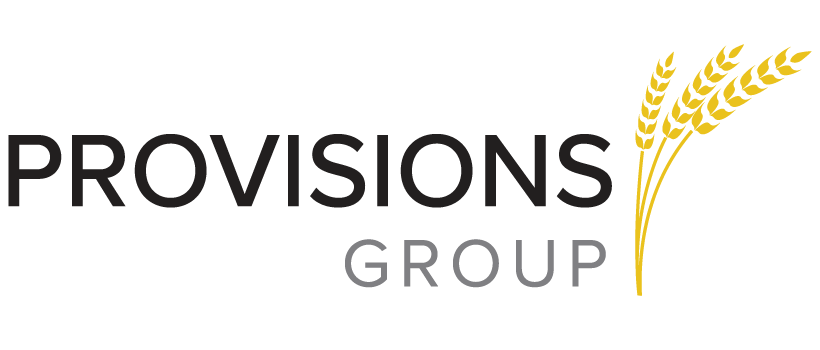Converting or upgrading to an Electronic Medical Records (EMR) system can be daunting for any business. According to the Office of the National Coordinator for Health Information Technology's 'National Trends in Hospital and Physician Adoption of Electronic Health Records' report, as of 2021, nearly 4 in 5 office-based physicians (78%) and nearly all non-federal acute care hospitals (95%) adopted a certified electronic health record (EHR). In other words, if you haven't already, it's time to jump on the digital bandwagon in healthcare technology. With the right guidance and support, successful EMR conversion is possible. In this article, we'll provide practical advice on how to make the switch from paper records to a digital system in a way that works best for your organization.
What is an EMR conversion?
An EMR conversion refers to the process of transitioning patient medical records from paper to a digital format, usually to an EHR system. Converting to an EMR system can offer many benefits to healthcare providers, including improved patient care and increased efficiency. With digital records, providers can access patient information such as medical history, diagnoses, and treatment plans instantly in a secure database, which can lead to faster treatment for patients. Additionally, EMR and EHR systems can streamline administrative tasks, such as scheduling appointments and managing billing, freeing up time for providers to focus on patient care.
6 Tips for a Successful EMR Conversion Plan
Define the scope
Start by defining what the "must-haves" are for your new system. You might consider things like robust security measures, HIPAA compliance, user-friendly interfaces, specific integrations with other systems, customizable templates, billing features, or rapid communication with other healthcare facilities as priorities for your practice. It all comes down to what your business needs to succeed, so take your time and do your research.
Look at a range of vendors and compare their features and functionality against your must-haves. Meet with the vendor teams and ask questions about their services, pricing, and support. At the end of this process, you'll have a solid understanding of what's out there and which company can help you get there.
Develop a communication plan and timeline
It's time to get organized. The last thing you want is for your staff (or your patients) to be caught off guard by the changing technologies and automated processes. Document everyone who will need to be responsible, accountable, consulted, and informed about the EMR conversion. Make sure each team member understands their responsibilities, training requirements, and important project deadlines.
Have a plan for migrating data
You definitely don't want any patient data to get lost in the process of converting to an EMR. Spend a little extra time planning out exactly how and when you'll be making the switch. Will you be doing it all at once, or in stages? How will you ensure everything is accurate and up-to-date after the conversion? Will you have data archives accessible in case something gets lost?
Plan for interim tooling and resource needs
Next, audit your current resources and plan for additional tooling, resources, staff, and budget to ensure the success of the transition. You may need new equipment upgrades to support the new system, such as new computers or tablets. Also, plan for additional IT support during and after the conversion process for ongoing maintenance and upgrades.
Companies should also consider investing in employee training and education, to ensure that staff are comfortable using the new system and can maximize its potential. Some smaller practices may find they need to hire temporary staff to help cover business needs while their permanent staff trains in the new system.
Test, then test again
As you prepare for launch, get ready to thoroughly test the EMR system to ensure that it is functioning properly and meets the needs of your practice. Establish a testing protocol that covers all aspects of the system, including security measures, data accuracy, and communications and integrations with other internal systems. The best way to test the system is by simulating real-world scenarios such as entering patient information, running reports, and processing claims to ensure that the system is reliable and efficient. Consider gathering feedback from staff and patients to gauge their experience with the new system and identify any potential areas of improvement.
Establish an ongoing training program
After the testing period, you're almost ready to launch! It's time to make sure your staff feels comfortable on the new system. To start, consider holding training sessions that cover the basics of the new system, including how to input patient data, schedule appointments, and manage billing. Additionally, consider offering one-on-one sessions for staff members who need extra support to ensure they feel confident using the new system. Beyond initial training, it's also important to provide ongoing support and education to ensure that staff are aware of any new features or updates to the system.
With proper planning and execution you'll be well on your way to a successful EMR conversion. Learn how Provisions Group can provide healthcare operators full-scale assistance that brings ease of use to your systems.



